Search Results
10 results for population screening
Integrating Genomics into Public Health Surveillance: Ushering in a New Era of Precision Public Health
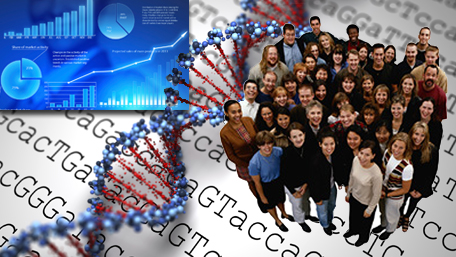
Public health surveillance has been defined as “the ongoing systematic collection, analysis, and interpretation of data, closely integrated with the dissemination of these data to the public health practitioners, clinicians, and policy makers responsible for preventing and controlling disease and injury.” Surveillance provides an essential scientific foundation for both clinical and public health practice. In
Posted on byWhole Genome Sequencing for All? The Quest for Evidence Continues

In 1999, Dr. Francis Collins predicted what the practice of genomic medicine in primary care may look like in 2010. He used a hypothetical patient named John, a 23-year-old man with high serum cholesterol. Based on his father’s history of early onset heart disease, John underwent a battery of genetic tests. He was found to
Posted on by 3 CommentsDirect to Consumer Genetic Testing: Think Before You Spit, 2017 Edition!
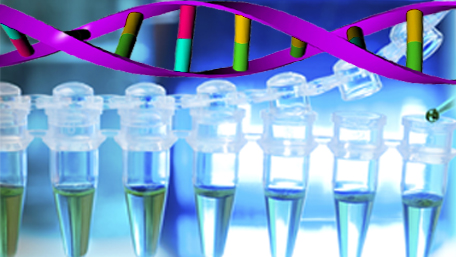
As people have become more proactive in managing their health, personal genomic direct to consumer (DTC) testing has become more popular over the past decade. These tests allow consumers to access information about genetic predispositions and response to chemicals and medications without the involvement of healthcare providers. With the expanding landscape of such testing, the
Posted on by 14 CommentsYour Genes, Your Health: The Importance of Genetic Literacy and Education
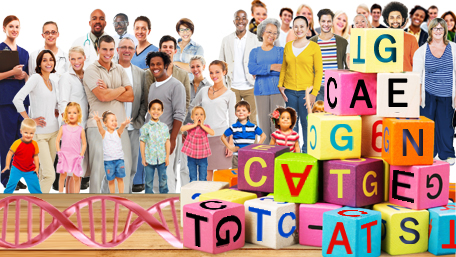
In March 2017, the National Human Genome Research Institute, in collaboration with the Foundation for the NIH and several private sector organizations, held an important strategic planning meeting in Bethesda, the Genetic Literacy, Education and Empowerment (GLEE) Initiative. Advances in genomics over the past two decades are leading to opportunities to use genomic information in
Posted on byThe need for a next-generation public health response to rare diseases.
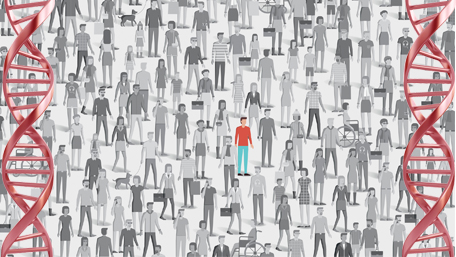
In recognition of Rare Disease Day 2017, we republish, with permission, a modified extract from our recent commentary in Genetics in Medicine. Few public health research activities trigger stronger calls to public health action than research into the burden of disease. This research uses standard measures to quantify actual or potential losses that populations may
Posted on by 4 CommentsFive Misconceptions About the Role of Genomics in Public Health

In a recent post, I reviewed the progress of genomics in public health over the past two decades and pondered on the lingering skepticism about genomics in the public health community. I propose that this skepticism is driven, at least in part, by 5 common misconceptions about the role of genomics in public health. In
Posted on by 1 CommentFrom Genes to Public Health 1996-2016: The Train Has Left the Station

In 1996, a working group from the Centers for Disease Control and Prevention published an article in the American Journal of Public Health entitled: “From Genes to Public Health: Applications of Genetic Technology in Disease Prevention.” The agency-wide group assessed the implications of the Human Genome Project and related technologies for public health and disease
Posted on byPrecision Public Health: Reconciling Biological and Social Determinants of Health

On June 6-7, 2016, I had the honor of participating in the “Precision Public Health” summit hosted by the Gates Foundation and the White House Office of Science and Technology at the University of California in San Francisco. The summit focused on developing a global “precision” agenda to improve health and prevent death and disease
Posted on by 1 CommentDoes genetic risk information improve healthy behavior? Let’s not throw out the baby with the bath water!
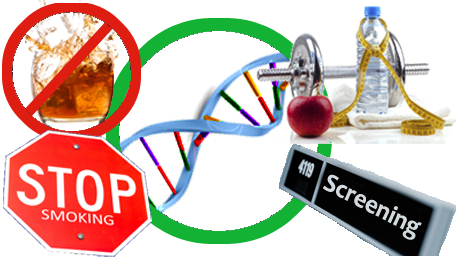
In a recent systematic review with meta-analysis, Hollands et al evaluated the impact of communicating genetic risk information on risk-reducing health behaviors and motivations for behavior change. The authors reviewed 18 studies with 7 behavioral outcomes, including smoking cessation, diet and physical activity. They found no significant effects of communicating DNA based risk estimates on
Posted on byDirect-to-Consumer Genetic Testing and Public Health Education

We have previously blogged about the value (or lack thereof) of direct-to-consumer (DTC) genetic tests in improving health. In a 2011 blog entitled “think before you spit” we cautioned that there was very little evidence that the use of such tests improves health and prevents disease for healthy people in the population. The blog was
Posted on by